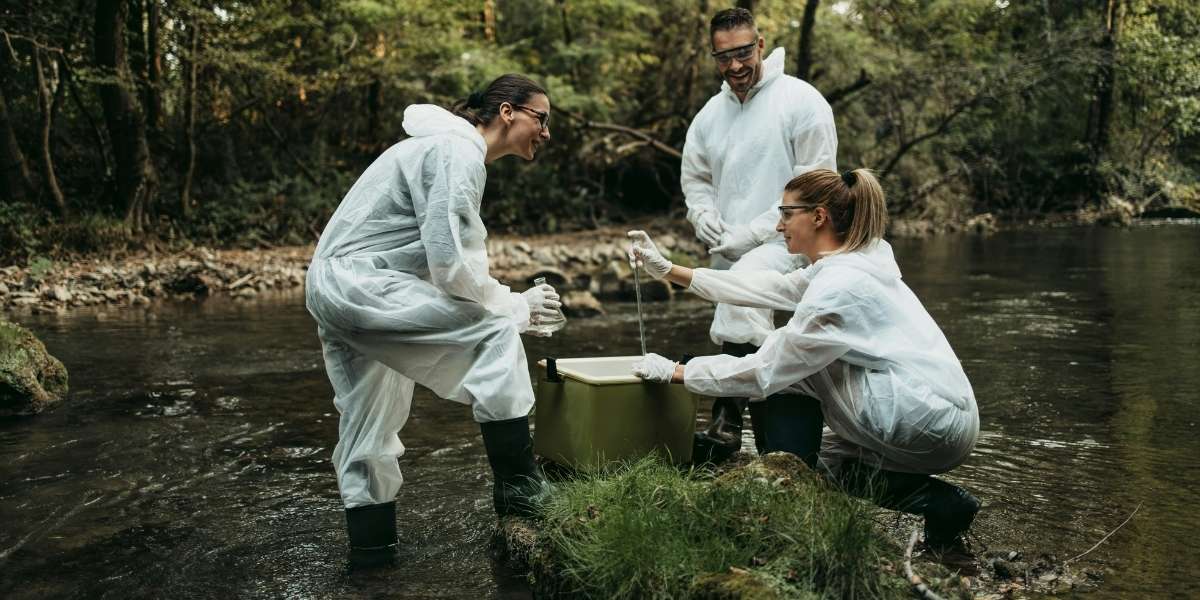Why Is Reducing Our Carbon Footprint So Important?
The concept of reducing our carbon footprint together has never been more urgent. As global temperatures rise and environmental degradation accelerates, it has become clear that the individual actions of today will have a profound impact on the future. The carbon footprint refers to the total amount of greenhouse gases emitted into the atmosphere due to human activity, primarily through the burning of fossil fuels.
When we talk about reducing our carbon footprint together, we are addressing a collective effort to curb emissions and slow down the harmful effects of climate change. From everyday actions to large-scale systemic changes, the idea is to work as a global community to mitigate the damage we’ve already done and move towards a more sustainable future.
It’s essential to realize that reducing our carbon footprint isn’t solely about government regulations or corporate responsibility—it starts with individual choices and collective community efforts. By taking small but impactful actions, everyone can contribute to this global cause.
Read Also: Exploring the Importance of Set Design in Movies and Television
How Can Individuals Contribute to Reducing Our Carbon Footprint?
Every person plays a role in shaping the environment, and it all starts with the choices we make in our day-to-day lives. Whether it’s reducing energy consumption, shifting to renewable energy sources, or embracing more sustainable lifestyles, each effort counts. Here’s how individuals can get started:
Reducing Energy Consumption at Home
One of the most effective ways to begin reducing our carbon footprint is to start at home. Simple changes like switching to energy-efficient light bulbs, unplugging devices when not in use, or using a programmable thermostat can make a big difference in reducing the energy we consume. Homes that use less energy emit fewer greenhouse gases, so even small adjustments can have a lasting impact.
Choosing Sustainable Transportation Options
Transportation is a major contributor to carbon emissions. The shift towards public transit, cycling, or walking instead of driving reduces the carbon footprint by lowering fuel consumption. For longer journeys, carpooling or using electric vehicles (EVs) significantly cuts down on the emission of harmful pollutants. Reducing our reliance on fossil fuels for transport is a crucial step in reducing carbon emissions.
Supporting Sustainable Food Choices
The food we consume also has a significant impact on our carbon footprint. Choosing locally-sourced, plant-based foods reduces greenhouse gas emissions, as animal agriculture is a major source of methane, a potent greenhouse gas. Additionally, reducing food waste by planning meals and buying only what’s needed helps lower emissions associated with food production, transportation, and disposal.
How Can Communities Work Together for Sustainability?
While individual actions are important, the collective power of communities can significantly amplify efforts to reduce carbon footprints. Communities can work together in various ways to adopt sustainable practices that benefit everyone:
Creating Local Sustainability Initiatives
Communities can come together to create local sustainability initiatives, such as community gardens, recycling programs, and energy-sharing initiatives. These programs not only reduce the carbon footprint but also build stronger, more resilient communities. By working together, individuals can share resources, knowledge, and support to make a greater impact.
Advocating for Green Policies
Local governments and businesses are key players in reducing emissions. Community advocacy plays a vital role in pushing for green policies, such as the installation of solar panels on public buildings, creating more green spaces, and incentivizing the use of renewable energy. When individuals unite to advocate for these policies, they can influence decisions that contribute to the overall goal of reducing our carbon footprint together.
Educating and Raising Awareness
Communities can foster sustainability by raising awareness and educating their members about climate change and the importance of reducing carbon emissions. Hosting workshops, distributing informational materials, and organizing clean-up events can empower people to make informed decisions about their environmental impact.
What Role Do Corporations Play in Reducing Our Carbon Footprint?
While individual and community efforts are crucial, corporations and businesses also have a responsibility to reduce their carbon footprints. Companies have the resources to make large-scale changes that can benefit both their operations and the environment.
Adopting Sustainable Business Practices
From manufacturing processes to supply chain management, businesses can reduce their carbon footprint by adopting more sustainable practices. This includes using renewable energy sources, improving energy efficiency, and reducing waste. Many companies are also investing in carbon offset programs, where they support initiatives that help balance out the carbon they emit by planting trees or funding renewable energy projects.
Green Certifications and Eco-Friendly Products
More businesses are opting for green certifications, ensuring that their products and services are eco-friendly. Companies that produce eco-conscious products help consumers make better environmental choices. Whether it’s sustainable fashion, clean energy, or biodegradable products, consumers have more options than ever to support brands that align with their values.
Leading by Example
Large corporations also have a powerful influence on public perception. When a major company makes a commitment to reduce its carbon footprint, it sets a positive example for others to follow. By prioritizing sustainability in their business models, companies can inspire both consumers and other businesses to adopt similar practices.
Why Is Collective Action Essential in Reducing Our Carbon Footprint?
Reducing our carbon footprint together requires collective action, as no single individual or group can combat climate change alone. When we work in unison—whether as individuals, communities, or businesses—we create a greater force for positive change. The more people who commit to sustainable living, the more widespread the impact will be.
Climate change is a global issue, and the only way to tackle it effectively is through a unified approach. From reducing energy consumption at home to advocating for global environmental policies, every effort contributes to a healthier planet. The cumulative impact of reducing our carbon footprint together can help slow down the warming of our planet, protect natural ecosystems, and create a sustainable future for generations to come.
Read Also: Bringing Nature Home: A Guide to Apartment Gardening Bliss
A Collective Effort Toward a Greener Future
The journey toward reducing our carbon footprint is not just an individual responsibility but a collective endeavor that can significantly shape the future. By making informed choices, supporting sustainable policies, and encouraging businesses to adopt eco-friendly practices, we can make a substantial difference in mitigating the impacts of climate change.
Together, we can take meaningful steps toward reducing our carbon footprint and creating a more sustainable world for future generations. Every effort counts, and by working together, we have the power to make a lasting impact on the environment.














